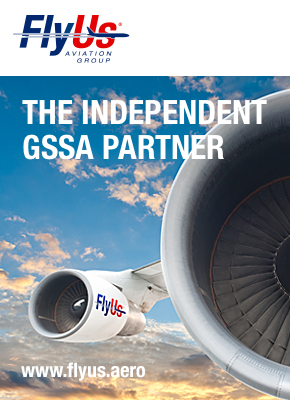
Steep falls in Chinese share prices today, triggering automatic suspension of the Shanghai and Shenzhen stock markets, reflect growing concern about the state of the world’s second-largest economy.
Chinese factory output fell for the fifth consecutive month in December, making it increasingly unlikely that China achieved its 7% economic growth target in 2015.
The stated growth figure for the July-September quarter was 6.9%, but economic observers claim lack of transparency from Beijing means official figures must be treated with caution. A private survey indicates that China’s factory activity has shrunk for the last 10 months rather than five, for example.
HSBC analysis published in December suggests gradual recovery this year, boosted by increased demand from developed economies. The bank’s Trade Forecast and Trade Confidence Survey described China’s slowdown as cyclical rather than structural, and said trade liberalisation and the development of intra-Asia traffic would provide further stimulus.
Falling commodity prices, lower Chinese industrial output and a strong US dollar hurt business confidence in the second half of 2015, but more than 60% of companies surveyed by HSBC expected an increased flow of goods in the first half of this year.
Weaker recent data has prompted gloomy predictions for 2016 from transport analysts, however. Drewry Sea & Air Shipper Insight has forecast “another year of flat-lining growth as international air freight volumes are weighed down by lacklustre development in global trade”.
Drewry’s East-West Air Freight Price Index slipped 2.8 points in November to a reading of 99.2, bringing to an end four consecutive months of rising prices. Rates had been expected to strengthen during the peak shipping month ex-Asia.
“Weak demand has taken its toll on a depressed market,” commented Simon Heaney, Drewry’s senior manager – supply chain research. “Compared with the same month last year the index is now a startling 22 points adrift, indicating the extent of underlying market weakness.”
Carriers reported a slight firming in rates out of Asia in the last quarter, thanks to peak season demand, and expect that an early Chinese New Year, which this year falls on 8 February, will boost traffic in the short term.
But Cathay Pacific’s disappointing cargo performance in November underlines the challenges regional carriers face. Tonnage fell 3%, the first year-on-year decrease in almost two years, and load factor was down by 1.4 points to 67%. Commentators said the US west coast port strike had distorted the previous year’s figure, pushing extra air freight through Hong Kong as transpacific shipping was paralysed.
Drewry expects air freight capacity to continue to expand through 2016, as increasing passenger demand drives supply of additional bellyhold capacity.
“The combination of zero growth and rising capacity will put further pressure on already depressed freight rate levels,” the analyst said.
Julie Perovic, senior economist at the International Air Transport Association, confirmed at a cargo media day in December that load factors shrank from 46% to a six-year low of 43% last year, thanks partly to a significant increase in capacity.
Passenger demand has grown by 42% since 2008, while cargo volumes are just 8% up over the period. Last year, airlines added 9,000 tonnes of bellyhold and 3,000 tonnes of freighter capacity – the main cause of a decrease in yield to $1.70 per kg, including surcharges.
While a small majority of the chief financial officers and heads of cargo surveyed by IATA expect volumes to increase this year, fewer than 25% foresee any recovery in yields.
Ms Perovic predicted that cargo demand will strengthen to 3.0% in 2016, up from 1.9% growth last year. She said a stronger economic performance in developed economies, including a faster than expected recovery in the Eurozone, will compensate for slower growth in China and recession in Brazil.
Global GDP is expected to grow by 2.7% this year, up from 2.5%. But Ms Perovic warned that airlines’ global freight tonne-km figures are now completely out of sync with trade growth, underlining how other transport modes are displacing air. Asia-Pacific carriers saw a 3% decrease in FTKs last year, for example, despite GDP growth in the region of more than 5%.
IATA has forecast that oil prices will average $51 per barrel this year, providing a welcome boost to airline profits, although the strong US dollar will offset the benefit in many markets.





